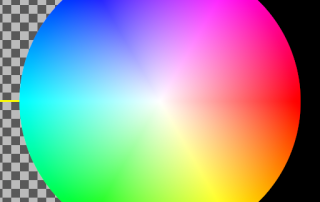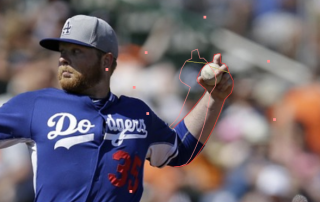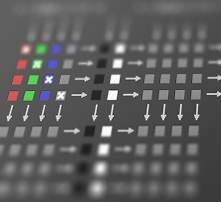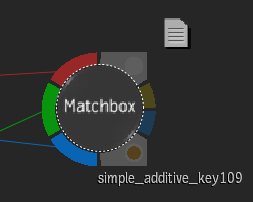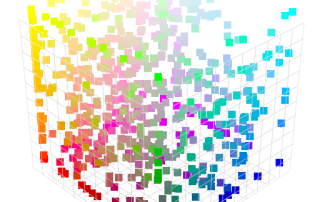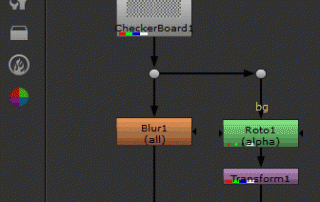Level up your Python game
This post if for the artists who have been dipping their toes in the water of Python development and are considering taking it to the next level. We will cover some of the points that differ between an artist/amateur level of development and an entry TD level. I’m covering quite a few subjects in this [...]





